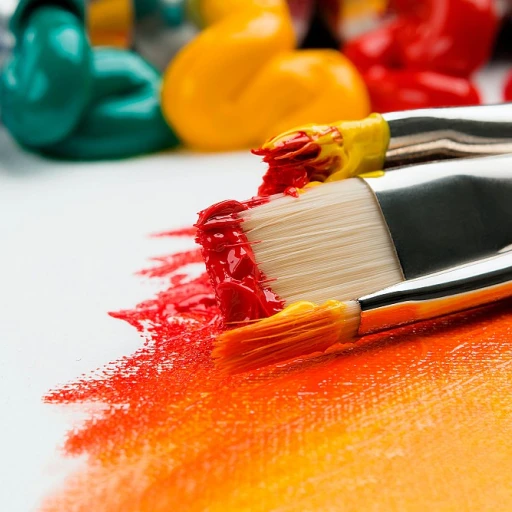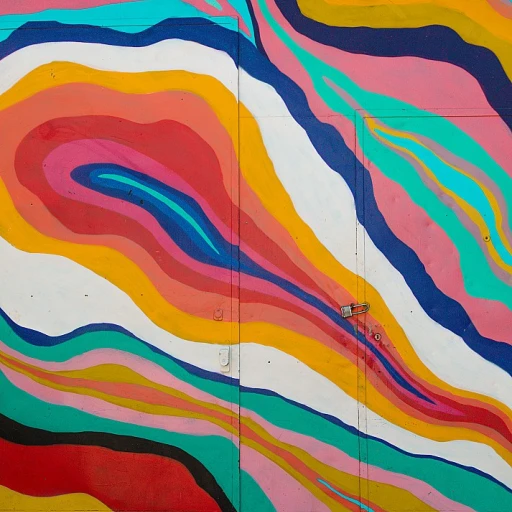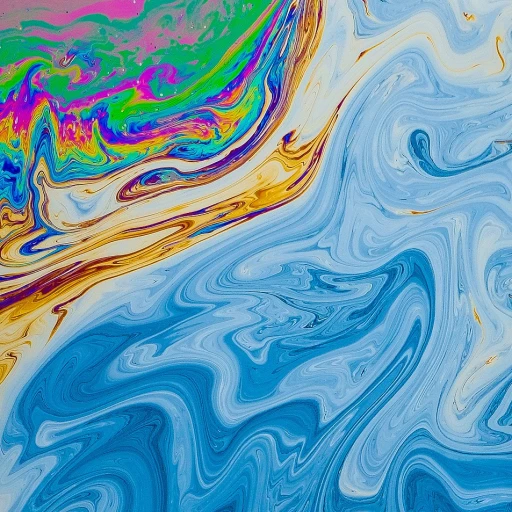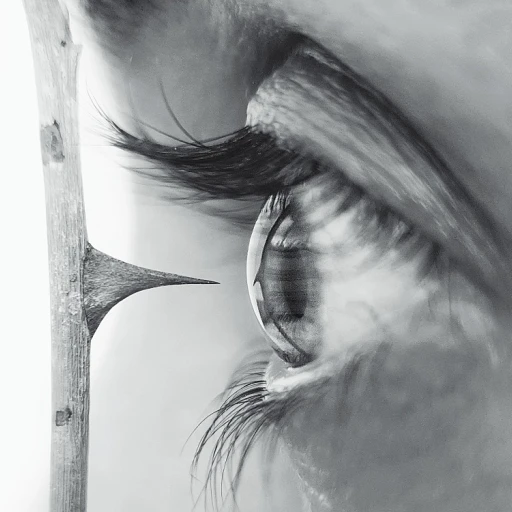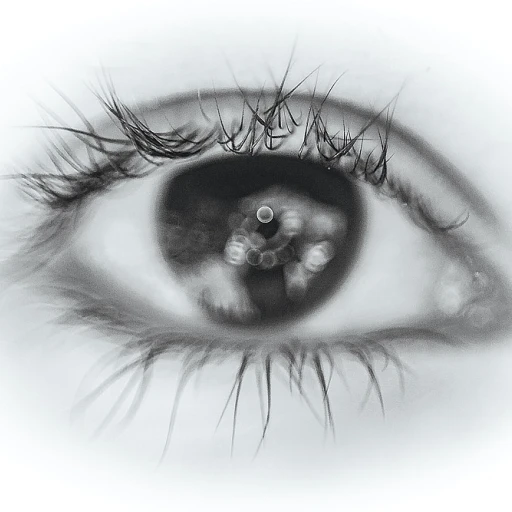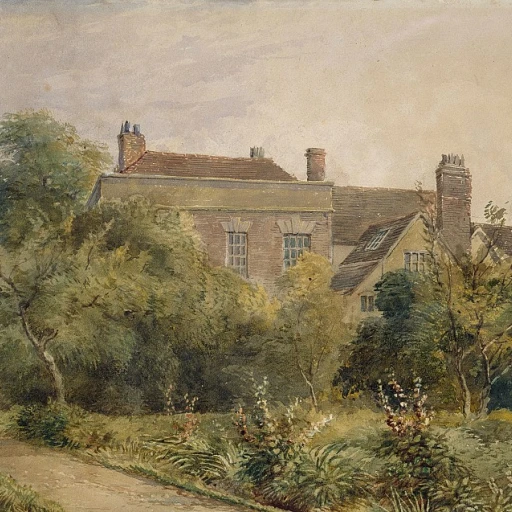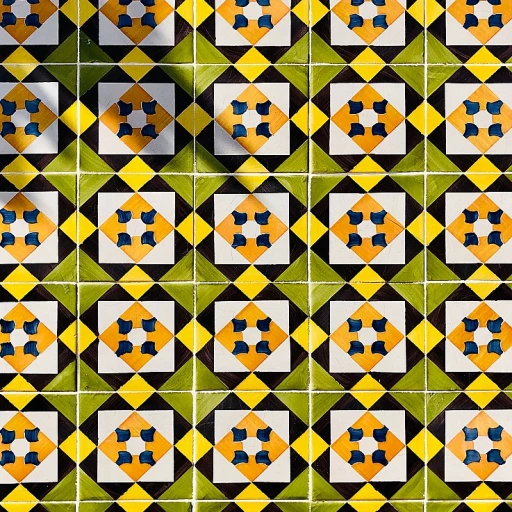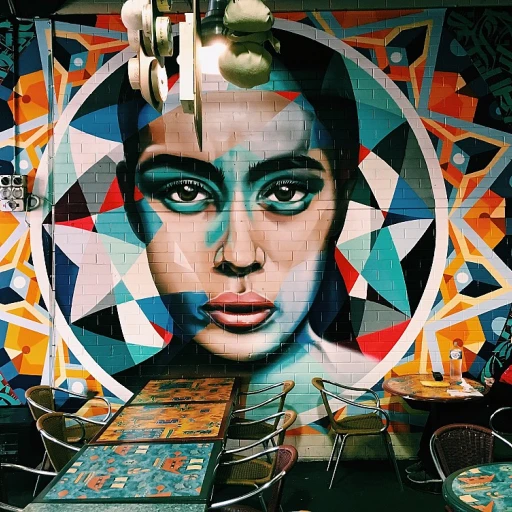-teaser.webp)
Understanding the Complexity of Skin Tones
Deciphering the Intricacies of Flesh Tones
Creating skin tones in luxury artwork is all about understanding the complexities and subtleties of the human skin. Each color and tone presents unique characteristics that require a substantial grasp of not just color theory, but also an appreciation of the nuances that differentiate flesh tones from one individual to another.
Skin tones are not merely a matter of picking a few base colors and hoping for the best; it involves a thoughtful mixing of various hues such as red, yellow, and blue. To achieve a realistic portrayal, artists need to consider factors like the light source and the inherent color temperature of the skin.
To accurately mix skin tones, it is often advantageous to start with a mix of burnt sienna, burnt umber, or alizarin crimson. Adding a small amount of white will help lighten the tone, while colors like cobalt blue and other cooler tones can be introduced to mute and balance the warmth, creating a more natural appearance. Utilizing a reference photo can also lend a real-world guide to perfecting these complex hues.
By effectively managing these elements and recognizing the shades and color wheel associations, artists can unlock a world of possibilities in their luxury portraits. For further exploration of how these principles can be integrated into your artwork, take a look at the allure of circular artistry which may also offer fresh inspiration for your creative process.
Essential Color Theory for Artists
Foundational Principles in Understanding Color Interactions
The art of painting, especially when it comes to achieving realistic skin tones, relies heavily on an artist's grasp of essential color theory. By understanding how colors interact with each other, artists can strategically mix skin tones that reflect both light and shadow with authenticity. An artist's palette is a complex interplay of base colors that include red, yellow, and blue. These primary colors form the foundation of skin tones by creating a diverse spectrum when mixed properly. To create the subtle variations found in human skin, artists often mix skin colors with the addition of white or small amounts of darker hues like burnt sienna or burnt umber. This process of color mixing helps temper the intensity and add depth.The Importance of Color Temperature in Portraiture
A critical concept in mixing colors is the understanding of warm and cool tones. Warm colors, such as red and orange, can bring warmth to the flesh tones, mimicking blood flow beneath the skin's surface. On the other hand, cooler colors like cobalt blue can evoke the subtle shadows cast on the skin. Color temperature plays an essential role in balancing the warmth and coolness across a portrait. For instance, adding yellow can enhance light areas, while a touch of alizarin crimson can add richness to shadows, creating a dynamic range of skin tones that's crucial for realistic skin depictions.Utilizing the Color Wheel and Reference Photos
The color wheel is an indispensable tool for artists, serving as a guide to understanding which colors complement or contrast each other. When painting skin, reference photos can serve as a guide to match the subtleties of real-life tones, aiding in accurately portraying the color temperature of various regions of the face and body. By analyzing reference photos, artists can discern the variances in skin color and light exposure. This comprehension allows artists to precisely mix skin tones, ensuring that the colors used in painting harmonize well together to convey a realistic portrayal of human skin. For insight on intricate patterns analogous to color mixing in artwork, you might find this examination of the artistry of graphic rugs enlightening.Techniques for Achieving Realistic Skin Tones
Refined Techniques for Painting Lifelike Skin Tones
Creating realistic skin tones in luxury artwork demands a meticulous approach to color mixing. Mastery over this artistry begins with understanding color temperature and its significant role in portraying flesh tones on canvas. By integrating a variety of base colors and subtle hues, artists can breathe life into their subjects.
Start with a well-considered base color. For skin, an initial mix often includes a combination of burnt sienna, burnt umber, and a small amount of alizarin crimson. To this mix, add white to soften the tone, bringing it closer to the natural lightness of human skin. The color wheel is an excellent tool for visualizing complementary colors and achieving striking balance.
To adjust the tone, gently add touches of yellow or red for warmer hues, utilizing warm cool dynamics to enhance vibrancy. Conversely, if the skin appears overly warm, a dash of cobalt blue or mixing in blue can cool the tone, offering a more balanced portrayal. Keep in mind that mixing skin requires patience and precision.
For artists, color mixing is not merely about replicating what is seen; it's about capturing an essence that reflects both light and depth. When painting skin, remember that shadows can be achieved by adding burnt umber or red yellow combinations to darker areas, while highlights may be accentuated with a touch of white or a gentle mix of orange.
It's equally crucial to rely on a reference photo where feasible, as this offers a direct insight into the palette nature provides. This approach allows the artist to maintain authenticity while experimenting with hues to create luminous and lifelike portraits. For further inspirations on refining your technique, explore the mastery of oil pastel artists, where smooth blends and vibrant shades converge in perfect harmony.
Challenges in Skin Tone Color Mixing
Overcoming the Intricacies of Mixing Skin Tones
The journey to mastering skin tone color mixing involves navigating through a maze of complexities. Every artist, regardless of their experience, will face hurdles when trying to achieve the perfect blend of colors to capture the varied tones, lights, and shadows of skin. One major challenge arises from the color temperature changes. Understanding how warm and cool hues interact is crucial. For instance, a warm color like burnt sienna can provide a rich base color, while cooler tones such as cobalt blue or alizarin crimson add depth and nuance. It's all about balance—mix a small amount of each to see how they adapt to your painting. Selecting the right base color is another obstacle. Artists often begin with a combination of red, yellow, and blue to create flesh tones. However, the subtlety of real skin tones means you might need to add white or mix in colors like red yellow or burnt umber to adjust and achieve the desired tone. The precise manipulation of these elements demands practice and patience. Each portrait will require a unique approach. The key is to observe the skin color carefully, perhaps using a reference photo, and stay flexible and creative in your painting approach. Finally, consider the impact of lighting on the skin tones. Colors can appear vastly different under various lighting conditions, which is why continuous assessment and adaptation during the painting process are vital. These challenges, while daunting, can also be the most rewarding aspect of bringing life to a canvas with color and confidence.Tools and Materials for Precision
Precision Tools and Materials for Painting Realistic Skin
To achieve a refined and authentic portrayal of skin tones in your luxury artwork, it is essential to have the right tools and materials at your disposal. The finesse of your final painting heavily relies on the precision with which colors are mixed and applied. An artist's palette should ideally be equipped with a range of essential colors, including burnt sienna, alizarin crimson, burnt umber, cobalt blue, and yellow ochre. These colors serve as the foundation for creating a vast array of flesh tones crucial for capturing the diversity of human complexion.- Base Colors and Variations: Start by choosing a base color that best matches the predominant skin tone, like a mix of burnt sienna and white for light skin tones or adding a touch of burnt umber for darker complexions. This base can then be adjusted for warm or cool subtlety by incorporating small amounts of red yellow or cobalt blue.
- Adjusting Color Temperature: Tone adjustments can be nuanced by experimenting with color temperature. Introduce a hint of orange for warmth or a drop of blue to cool down the mix. This strategy enhances the painting's dimensionality and realism, creating lifelike depictions of skin.
- Precision Mixing: Utilize professional-grade brushes and a reliable palette for blending small quantities of color. This approach affords greater control over color mixing and helps maintain consistency.
- Reference Materials: Keep a well-organized library of reference photos to guide your work. These resources act as trusty companions, providing the required color tones and nuances found in different lighting conditions.


